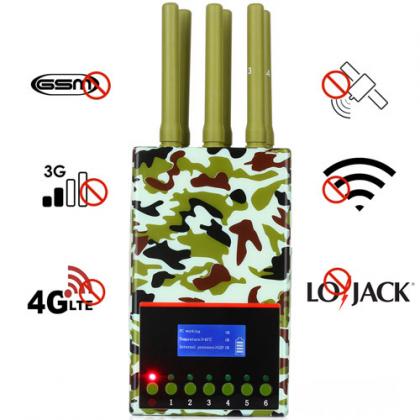Because the LTE system's co-frequency networking and traditional frequency division system interference investigation are very different, there is no experience in on-site interference investigation that can be used for reference. There are problems such as blindness and difficulty in locating interference sources. The interference processing time cannot be guaranteed, which seriously affects user satisfaction. degree.

1. Macro site interference investigation
The macro site investigation is mainly divided into two parts: the background operation and the on-site frequency sweep. The background operation can effectively improve the efficiency of the on-site investigation, and the on-site investigation can accurately locate the interference source.
1. Check whether there are important alarms and restore them, and check whether the time slot configuration and frame offset parameter settings of this station and surrounding base stations are abnormal;
2. Restart the RRU to observe in real time, compare the low noise changes before and after the restart, and judge whether it is caused by the device;
3. Reduce the transmit power of the cell to 0, and observe the average noise floor value of RB for 15 to 30 minutes. Purpose: Whether there is interference in RB reception when there is no transmit power.
If interference exists, it may be external interference; if the interference disappears, it may be hardware interference;
4. On site survey, whether it is caused by insufficient isolation from other different frequency (GSM, DCS, telecommunications, China Unicom) antennas, if mobile self-isolation is insufficient, it can be verified by short-term blocking background observation + on-site frequency sweeping, if it is other operations Go to step 5;
5. Twist the antenna by 90° and 180° to observe and check for external interference. Purpose: Determine the direction where the interference comes from. The larger the range of the macro site, the more difficult it is to troubleshoot the interference. Only by narrowing the scope of the investigation can the efficiency be improved; after adjusting the azimuth angle, contact the background to check the interference noise floor value. The direction with the highest noise floor is the interference The direction of the source.
6. If the interference from the equipment and the isolation is still there, a frequency sweep test on site is required to find the source of the interference. Note that when sweeping the frequency, the scanner antenna and the base station antenna must be at the basic level (must be on the base station's sky).
Determine which direction has the highest interference noise floor, and then scan it all the way. Find the source of interference through the three-point positioning method.
2. Room interference investigation
1. Check whether the cell frame offset parameter setting is abnormal;
2. Check whether there are important alarms and recover them;
3. Restart RRU for real-time observation;
4. Lock the wlan AP so that there is no signal transmission or throw off the wlan coupler on site, and observe the background indicators;
5. Lock the DCS1800 to observe the bottom noise, and then lock the GSM900 cell;
6. When cascading multiple RRUs, use a gradual shutdown method to check for equipment problems;
7. Use a scanner to check for external interference (commonly include mobile phone signal jammers, cell phone jammer, etc., electronic equipment EMI such as wireless monitoring equipment, NFC, elevator induction doors, etc.);
8. Connect the mushroom head directly to the output port of the RRU device to observe the noise floor, and connect each connector step by step to observe and troubleshoot component failures.
